5 August 2014
Valley-blocking landslides: latest from Sunkoshi and Yunnan, and a brief update on the Malin landslide in India
Posted by Dave Petley
At present there are two sets of major valley blocking landslides threatening communities downstream simultaneously, one in Sunkoshi in Nepal and one in Yunnan Province of China:
Sunkoshi landslide dam update
After a major effort to recover bodies, the number now known to have been killed in the Sunkoshi landslide in Sindhulpalchok is now known to have reached 33, but about 120 remain missing. News reports suggest that 57 houses were lost in the landslide, whilst a further 18 have been inundated by the lake. Whilst news reports yesterday suggested that the level of the lake had fallen by as much as 4 m, this has now been corrected to about 50 cm, and there are suggestions that the level may have risen again due to recent heavy rainfall. The Nepalese army are blasting the crest of the dam to try to increase the rate of flow.
So now the situation appears to be similar to that of the Attabad landslide dam in Pakistan. The threat of an outburst has not gone away, although the immediate crisis has reduced. The great challenge now is to know how to manage the hazard. There are reports that people are starting to return to their houses in threatened areas – this is understandable – plus of course the blockage of the road to Tibet is deeply problematic for cross-border trade. The key will be the evolution of the spillway over the dam. There are some suggestions that there are now two or three channels, which in some ways may not be helpful. The ideal solution is for the floor of the channel to erode down slowly, releasing all of the water over a long period of time. The worst case scenario is very rapid erosion, causing a dramatic flood. But with three channels the amount of erosion may well be limited, which means that the dam may stay intact into the future. This will prevent the road from being rebuilt and will leave the hazard in the landscape.
But dealing with these problems is immensely difficult, and once again the Nepalese authorities deserve a great deal of credit for their proactive approach to this disaster.
Meanwhile, ICIMOD have released a report on the landslide that makes interesting reading. They tweeted this before-and-after image of the slope:
.
Yunnan valley-blocking landslides
Usually I would expect that the Nepal government would be able to turn to the expert Chinese teams who specialise in valley-blocking landslides for help, but the timing is deeply unfortunate in that the Yunnan earthquake of two days ago also seems to have created a series of landslide dams. There is little information about them, but earthquakereport.com has provided the following:
Update 15:17 UTC on 3rd August : A very dangerous situation is currently building up for 800 people living along the riversides of the Kraal (Chinese translation) river . The normal river bed was blocked by the earthquake landslides and a lake has been forming. Earlier earthquakes had the same problems sometimes ending in disastrous events. Let’s hope people will be able to evacuate the area in due time.
Update 14:45 UTC : Kraal river landslide lake creates a dangerous situation
The water is rising 1.1 meter per hour. 56 houses have been flooded by the water. 11 houses did already collapsed. The population of the villages immediately downstream has been evacuated. But unnecessary to tell that the situation gets more dangerous by the hour. The Chinese engineers are doing whatever they can to reinforce the possible weak points. The location of the landslide is Huize, the orange circle on the map. The red numbers on the map are the number of deaths in that area :(.
Malin landslide in Pune, India
Recovery operations continue at the site of the Malin landslide in India. Latest reports suggest that the death toll has reached 134, comprising 64 women, 50 men and 20 children. It is expected that the final toll will be about 176 people. A decision has been taken to relocate the remainder of the village.


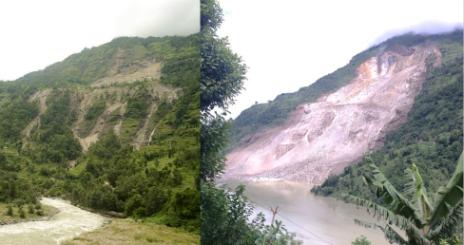
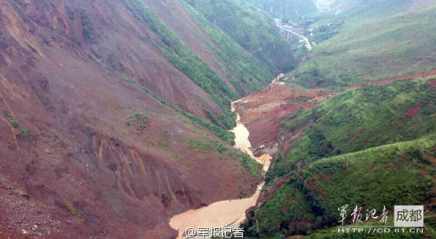
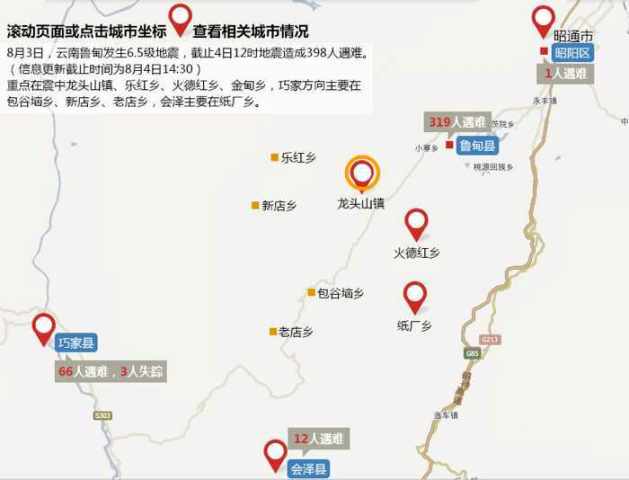
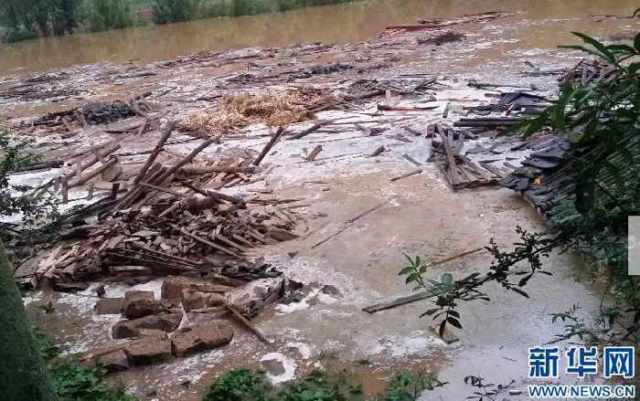
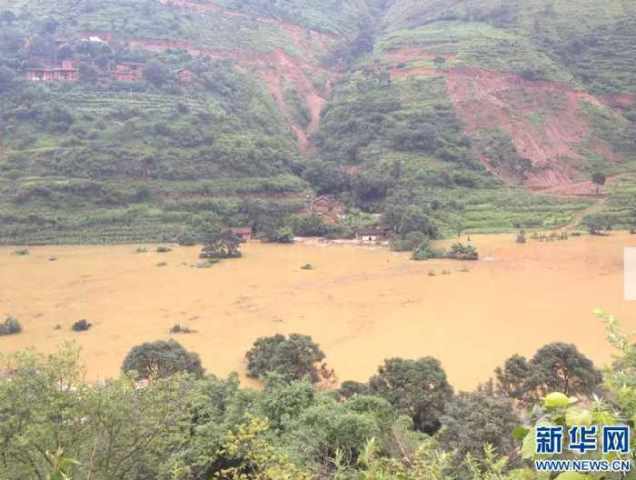
 Dave Petley is the Vice-Chancellor of the University of Hull in the United Kingdom. His blog provides commentary and analysis of landslide events occurring worldwide, including the landslides themselves, latest research, and conferences and meetings.
Dave Petley is the Vice-Chancellor of the University of Hull in the United Kingdom. His blog provides commentary and analysis of landslide events occurring worldwide, including the landslides themselves, latest research, and conferences and meetings.